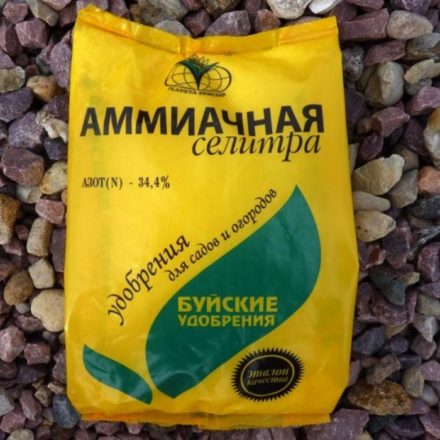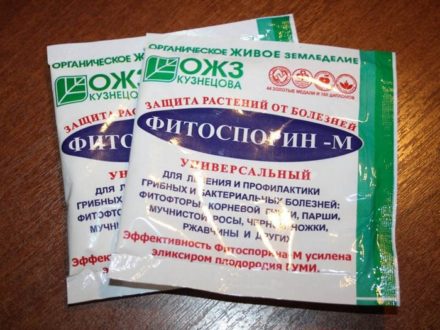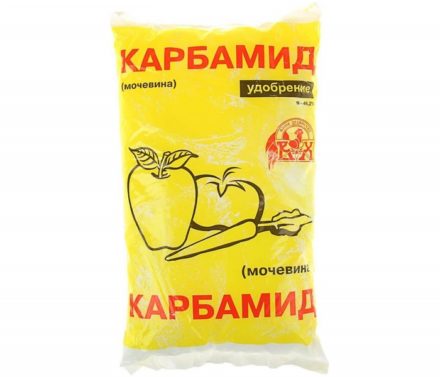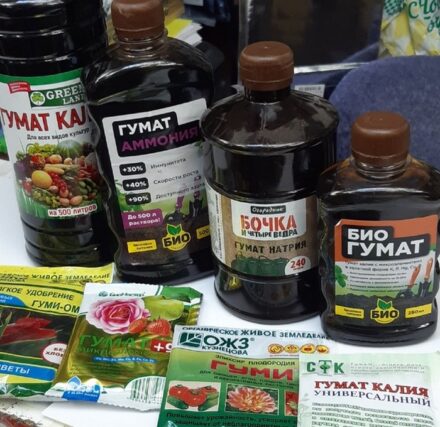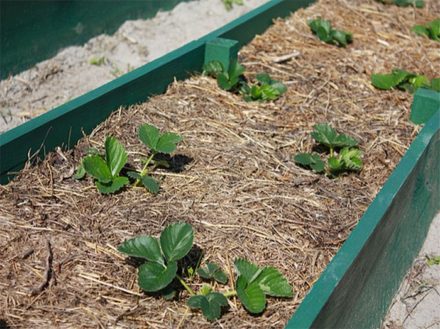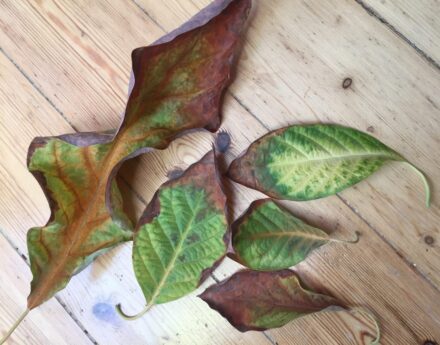Fitosporin is a common biological preparation for universal use, created on the basis of Bacillus subtilis. It is designed primarily to protect plants from diseases and pests. This biological protection agent is effectively used for other purposes related to the cultivation and care of garden crops, ensuring the safety of the harvest and the health of ornamental crops.
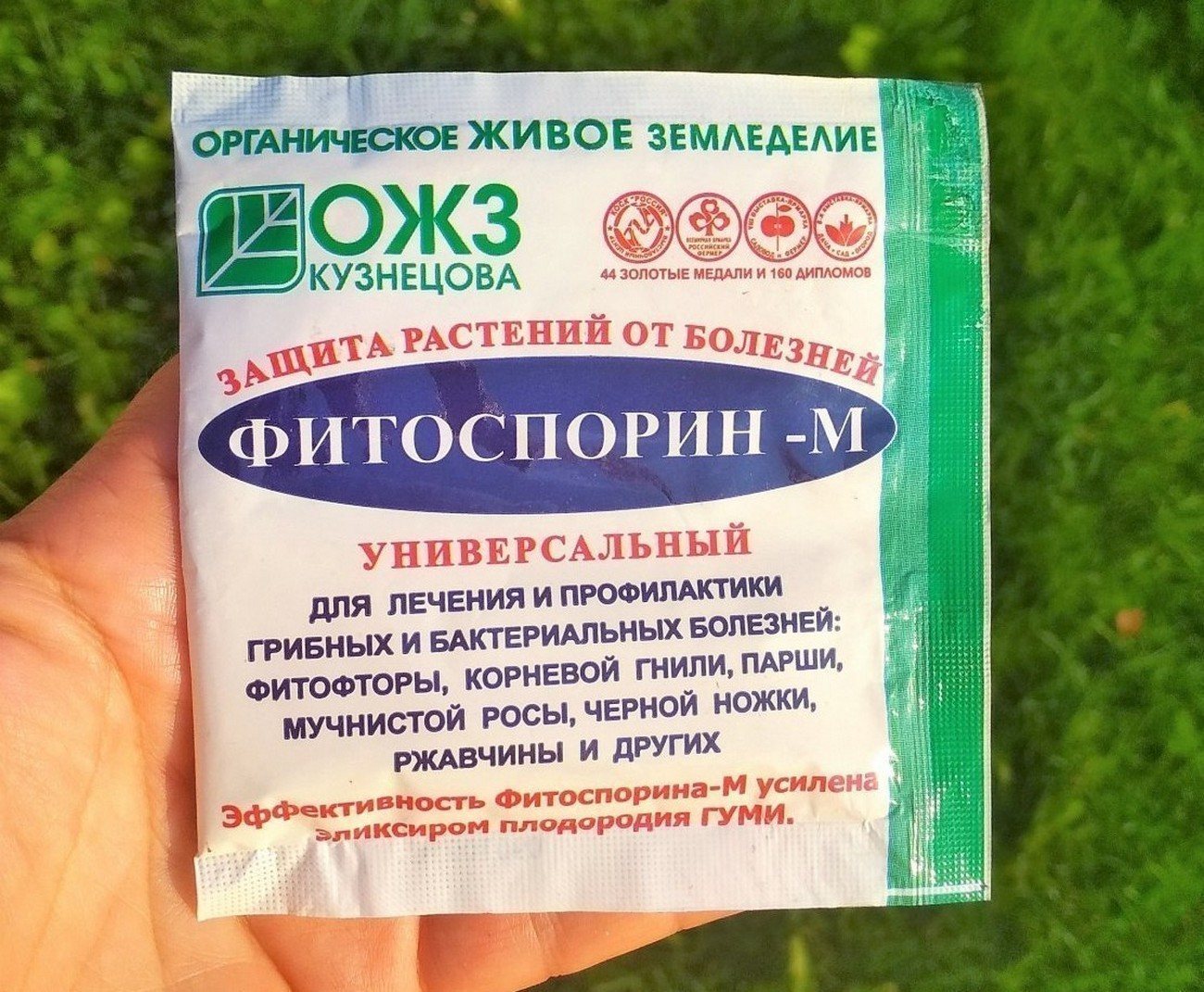
- What it is
- Compound
- Release forms
- Mechanism of action
- Hazard Class
- For which crops is it suitable?
- What is it used for?
- When to use
- How to divorce
- Powder
- Pasta
- Liquid
- Instructions for use
- For soaking seeds
- For processing tubers
- For watering seedlings
- For soaking roots
- For cuttings
- For spraying
- For tillage
- For processing root crops before storage
- For processing greenhouses and hotbeds
- For indoor plants
- Compatibility with other drugs
- Application errors
- Advantages and disadvantages of application
- Precautionary measures
- Storage rules and periods
What it is
Fitosporin is a biofungicide for protecting plants from fungal and bacterial diseases.
The peculiarity of the drug is that it contains live bacteria, which, in the process of their growth and development, release valuable substances into their environment. It is thanks to the components extracted by microorganisms that it is possible to prevent or stop disease or pest exposure.
Fitosporin is a concentrated strain of Bacillus subtilis. Bacillus subtilis is one of the most tenacious bacteria. Bacillus subtilis protects plants from bacterial diseases, including the most common late blight. A biological preparation based on Bacillus subtilis, which is beneficial for flora, is effective against many bacterial and fungal diseases of garden crops and indoor plants:
- black leg,
- root rot,
- late blight,
- bacteriosis,
- fusarium,
- rust,
- powdery mildew,
- scabs,
- white (septoria) and black spot and other less common lesions.
Compound
The biofungicide contains spores of Bacillus subtilis (strain 26D), humic substances and (depending on the brand of the drug) minerals.
Release forms
Fitosporin is available in several forms:
- liquid concentrate,
- powder,
- paste or gel.
The selection of the required form of biofungicide depends on the ease of working with it when preparing the solution, the assigned tasks (prevention of diseases or resuscitation of plants injured by them or pests).
Among the new types of phytosporin, mention should be made of phytosporin-reanimator with an increased concentration of a bacterial strain, phytosporin, specially designed for working with flowers, potatoes, tomatoes, cucumbers, and cabbage.
Mechanism of action
The substances of this systemic drug spread over the surface and penetrate the vascular network of the plant, affecting it at the cellular level. The main active component of phytosporin is the live spore bacterium Bacillis subtilis, strain 26D. This bacterium inhibits the cells of pathogens of bacterial and fungal diseases, preventing their growth, development and reproduction.
Living (awakened) bacterial cells can not only be located on the surface of the plant (on leaves, stems and fruits), but also penetrate into it. By colonizing the vegetative mass, Bacillus subtilis protects it from pathogens that cause diseases.
The viability of phytosporin microorganisms is maintained in the temperature range from -50 to +40°C. For Bacillus subtilis spores an even wider range of temperatures is acceptable, up to 100°C. The activation of living bacteria and the development of spores occurs at 15°C, and optimal conditions for the life and development of microorganisms are created at a temperature of 30-35°C.
Hazard Class
The drug is classified as moderately hazardous to humans (class 3B). In case of contact with mucous membranes, it may cause mild irritation. The area of contact with the biofungicide should be washed with clean water until the unpleasant symptoms disappear.
Fitosporin is practically harmless to the environment. However, its increased concentrations can lead to the temporary disappearance of earthworms and the death of larvae of the bronze beetle, a valuable insect that produces compost from dead organic matter.
The drug is low-hazard for bees, belonging to class 3 phytotoxicity.
For which crops is it suitable?
Fitosporin is available not only in different forms.Taking into account the individual requirements of individual crops and their susceptibility to certain diseases, the drug developers have created a list of related products that differ in labeling. They differ in additional components and the concentration of the main component - bacteria and spores of Bacillus subtilis.
There are brands of phytosporin designed specifically for potatoes, tomatoes, ornamental plants and indoor flowers, and highly concentrated formulations for resuscitation of severely affected plants.
The application scheme for a universal-purpose biofungicide (consumption rate and degree of dilution of the base solution) for the most popular crops is described in the table:
| Processed crop | Processing type | Product consumption when diluted in water | Working solution consumption | Processing scheme |
| Cabbage | soaking seeds | 1.5 g per 1 l | 0.1-0.15 l per 100 g of seeds | pre-sowing |
| treatment of seedling roots | 3 g per 1 l | 0.1 l for 10-15 roots | before landing at a permanent place | |
| spraying leaves | 6 g per 10 l | 1 liter per 10 sq. m | 1 week after disembarkation and again after 2-3 weeks | |
| Potato | spraying tubers | 5 g per 0.25 l | 0.25 l per 10 kg of planting material | once before boarding |
| spraying tops | 2 g per 1 l | 1 liter per 10 sq. m | during the formation of buds and after 10-15 days | |
| cucumbers | soaking seeds | 1.5 g per 1 l | 0.1-0.15 l per 100 g of seeds | before sowing |
| spraying the above-ground part | 10 g per 5 l | 5 l per 50 sq. m | 3 times at the initial stage of growth with an interval of 10-15 days | |
| Tomatoes | soaking seeds | 1.5 g/1 | 0.1-0.15 l per 100 g of seeds | before sowing |
| treatment of seedling roots | 10 g/5 l | 1 l per 100 plants | before planting in the ground | |
| watering seedlings | 10 g/5 l | 0.15-0.2 l per 1 plant | 3 days after planting in the ground | |
| spraying green mass | 5 g/10 l | 1 liter per 10 sq. m | depending on weather conditions at intervals of 10-15 days | |
| Onion sets and bulbs of ornamental crops | processing of bulbs before planting and storage | 10 g/0.5 l | 0.5 l per 2 kg of bulbs | before planting and storage |
A biological preparation based on Bacillus subtilis can be used to treat any gardening and ornamental crops. Bacillus subtilis is an aerobic soil bacterium and is present everywhere, found in water, soil and the gastrointestinal tract of animals and humans. Although not classified as pathogens, this microorganism itself suppresses most of them, bringing exceptional benefits to the field of crop production. With the use of phytosporin, the productivity of human-cultivated plants can be increased to 25% and higher.
What is it used for?
Phytosporin has an extremely wide range of applications. This systemic biological product is used for:
- pre-sowing tillage of soil for its disinfection,
- disinfection of planting material (seeds, tubers, cuttings, roots),
- increasing germination, stimulating root formation,
- accelerating plant growth during the seedling period,
- disease prevention through strengthening plant immunity,
- treatment of plant diseases of bacterial and fungal nature,
- harvest preservation,
- preservation of planting material until the beginning of the growing season.
The versatility of this biofungicide allows you to save money by making it unnecessary to purchase a number of highly specialized chemical plant protection products.
When to use
Fitosporin is suitable for all stages of plant development and growth:
- at the stage of rooting and awakening of seeds and tubers (soaking),
- at the seedling stage,
- during the period of active growth of the vegetative mass,
- during the transition to the generative stage of development (laying flower buds, flowering, growth and ripening of fruits).
In addition, the drug allows you to increase the shelf life of the harvested crop. Bacillus subtilis prevent pathogens from penetrating into fruits, increasing their shelf life.
During warm and rainy periods, late blight spreads very quickly.
As for the dependence of the frequency of use of the working solution, in rainy weather the frequency of treatments should be weekly. Otherwise, one treatment every 2 weeks is enough.
How to divorce
Fitosporin is available in different forms. Each of them has its own purpose.
In liquid form, the drug works most effectively. Therefore, the concentrate, paste or powder must be prepared before processing by activating dormant bacteria in a liquid medium. Plain water is used as a solvent. Its volume is calculated based on the release form of the purchased biofungicide. There is one main requirement for water quality - it should not contain chlorine. To do this, use water:
- settled, boiled or filtered tap water,
- melting snow,
- well and spring,
- rain
By dissolving the powdered or paste-like drug in water according to the instructions, a base (mother) solution is obtained. It is a concentrate, a small volume of which is convenient for storage and quick dilution before direct use.It can also serve as a means for plant resuscitation when it is necessary to resort to shock doses of a biological product in order to stop a rapidly developing disease or save severely damaged crops.
The basic concentrate is convenient because it can be stored for a certain period of time. Storage conditions: darkness and warmth.
Powder
The concentration of Bacillus subtilis spores in a 10 g bag of powder is approximately 20 times higher than the paste.
One pack of weight is dissolved in 10 liters of water and the solution is left in a dark room for 12 hours. After this time, a white film forms on the surface. The finished solution is poured into a 100 liter container with warm water at a temperature of 25-30°C. The resulting solution is ready for spraying green mass and watering the soil in the beds.
The powder is intended to combat plant diseases at the initial stage of their development. It also strengthens plant immunity and inhibits the growth of pathogenic microorganisms.
The optimal water temperature for activating “dormant” spores of Bacillus subtilis is 35-45°C.
To prepare a solution, take 1 liter of water from 1 packet (10 g) of phytosporin.
To speed up the activation process, carbohydrates can be added to the water as a food source for bacteria. The simplest option to create a nutrient medium is to use sugar or honey (2 tbsp per 1 liter of warm water and 10 g of powder).
The resulting solution is kept for 3 to 12 hours in a warm place. Then it is added to 9 liters of water, obtaining 10 liters of working fluid
Pasta
Paste is one of the most convenient forms of the drug to use.The paste-like medium in which bacterial spores are placed is a concentrate of carbohydrates, which they need for nutrition after activation in a liquid medium (warm water).
A paste-based solution of phytosporin can be prepared by dissolving the plasticine-like mass removed from the bag in 400 g of water. The water should be warm. Bacillus subspores are resistant to short-term (up to 10 minutes) exposure even to boiling water.
You can use another method for breeding:
- Dissolve 200 g of paste in 1 liter of water.
- Add any liquid complex fertilizer according to its instructions. The micro- and macroelements contained in the fertilizer will contribute to the growth and development of the hay bacillus population.
By improving the properties of phytosporin in this way, it is possible to prepare a larger volume of a valuable plant protection product with a biological preparation.
There is also a gel-like phytosporin containing additional minerals, trace elements and humates. It is diluted similarly to paste form, in the same proportions of water and drug.
After 5 days, a white coating forms on the surface of the solution. This film is an indicator that the bacteria are alive and the solution is completely ready for use.
It should be noted that paste-like phytosporin can be of varying degrees of density - from hard, reminiscent of chocolate, to very soft, which has to be removed with a spoon. Different consistency does not indicate high or low quality of the product.
Liquid
The liquid form of phytosporin is a concentrate, which also requires dilution before use. Depending on the purpose of processing, the dose of such a concentrate may be different:
- spraying the above-ground parts of plants - 3 tsp. for 10 liters of water,
- spraying tubers and bulbs - 3 tbsp. l. for 200 ml of water,
- soaking seeds - 2-4 drops per 200 ml of water,
- root treatment – 4 drops per 200 ml of water,
- watering - 15 drops per 1 liter of water.
The advantage of the liquid form of the drug is that there is no need to prepare a stock solution. You can start working with plants a few hours after diluting the concentrate.
Instructions for use
The spectrum of action of phytosporin is very wide. A biofungicide of this type is used for root formation, to stimulate growth, and to treat planting material (roots and cuttings, tubers, seeds).
For soaking seeds
Soaking seeds before sowing in the ground increases their germination: it reduces the time of germination and increases the percentage of germination. To treat seeds you need:
- dilute the drug according to the instructions to obtain a base solution,
- add 20 drops of solution to 1 liter of warm water (or 2-4 drops per 1 glass of 200 ml),
- leave the mixture for several (2-3) hours in a dark and warm place,
- After this time, soak a paper napkin, cotton pads or cotton cloth with it and wrap the seeds in it.
It is convenient to dose the base solution using a syringe or pipette.
For processing tubers
Before storing tubers for storage until planting before the next growing season, they can be treated with a solution to ensure better preservation. The treatment also helps in the fight against the onset of wet and dry rot of tubers.
To prepare a working solution, dissolve the powdered or paste-like drug in water to prepare a base solution. To soak tubers, use 2-4 drops per 200 ml of water.The liquid concentrate is diluted in water (2-4 drops per 200 ml of water) immediately to obtain a working solution.
Tubers are also soaked before planting. This treatment plays the role of prevention and protection against diseases, accelerates growth, and also increases the plant’s stress resistance to adverse weather conditions.
Pre-planting treatment is carried out at the rate of 15 g of powder per 1 liter of water. The resulting solution is enough to spray about 30 kg of tubers in a thin layer.
For watering seedlings
Pathogenic microflora in today's ecology sometimes develops faster than the plants themselves. Therefore, for newly emerged seedlings that will have to survive a change in climatic conditions after being planted in the ground or greenhouse, help in the form of biological products is very necessary.
During the seedling period, the working solution of the drug can be used in different ways:
- One time, spraying the leaves and spilling them into the soil. If picking was carried out, the treatment should be performed 7-10 days after it.
- Alternating watering with plain water and solution.
- Spray the plants periodically.
For crops with early sowing dates (eggplants, tomatoes, peppers), the use of phytosporin helps to avoid the appearance of “black leg”. This disease can destroy plants even at the cotyledon leaf stage. It is provoked by a combination of low soil temperature and excess moisture.
To prevent the appearance of “black leg”, the soil must be shed after the first shoots appear with a solution of specially developed “Fitosporin-M seedlings”. The proportions for creating a working solution are 1 teaspoon of concentrate per 0.5 liters of water.
Treating seedlings with a preparation based on Bacillus subtilis also helps against mold.This problem occurs under the same conditions - cold and excessively wet soil. Most often, plant growers encounter this problem when using peat cups. A high-concentration solution of phytosporin will help save crops (dilute 1 part of the liquid preparation or paste in 2 parts of water).
Treatment with phytosporin strengthens the immune system of plants even at the first stage of their growth. This increases the resistance of young plants to stress and contributes to their successful adaptation after transplantation to a permanent place.
For soaking roots
Root treatment is recommended after purchasing plants before planting them in fresh soil or when transplanting them to a permanent location. This will avoid the spread of possible infection brought from a store or from a previous place of growth. Soaking the roots during transplantation will serve as a reliable prevention of diseases of the root system. This procedure is especially effective in caring for orchids, whose exposed roots are extremely susceptible to attack by pathogenic microorganisms and external influences.
The method of preparing the working solution depends on the form of the drug and (in the presence of diseases) the degree of damage to the roots:
- 10 g of powder is dissolved in 5 liters of water and the solution is allowed to brew for 2 hours to activate the bacteria. After this time, the product can be used to soak the root system of plants to prevent diseases.
- Liquid concentrate for the prevention of root diseases or in case of moderate damage to them is diluted with water in a ratio of 1:20.
- In case of severe damage, the concentration of the working solution should be higher. For 1 part of liquid phytosporin, take 2 parts of water.
Treating the roots using this method will protect them from bacterial and viral infections, which can multiply very quickly in the sterile environment of new soil.
You can treat both when there are visible signs of disease, and as a preventive measure if there are doubts about the health of the plant root system.
For cuttings
Rooting of cuttings occurs better after their pre-treatment with a phytosporin solution. This method of preventing bacterial and fungal diseases will increase the survival rate of cuttings. The conditions of their maintenance during the rooting period (high humidity in a closed environment of a greenhouse, mini-greenhouse or greenhouse) and open cuts cause an increased vulnerability of such planting material. Treatment with phytosporin will serve as a good start for the growth of a young plant, increasing its resistance to pathogens.
The working solution can be prepared in several ways:
- 0.5 tsp. powder is dissolved in 1 liter of water. A few hours later, after the bacteria have been activated, herbaceous cuttings can be placed in the resulting liquid and kept in this weakly concentrated solution until roots appear.
- 200 g of paste is dissolved in 400 ml of water.
This method of processing cuttings can be used both for ornamental plants (roses, forsythia, jasmine, cotoneaster, barberry) and for cultivated plants: grapes, honeysuckle, gooseberries, currants.
For spraying
It is better to spray plants in the late afternoon, after sunset. If there is no rain the next day, the bacteria dry out, having managed to colonize most of the vegetative mass and preventing pathogens from doing the same.When it rains, the drops will fall on the leaves, stems and fruits, and the bacteria will come to life.
The green mass should be sprayed so that moisture does not accumulate on the stems, leaves, flowers and fruits.
To spray plants on leaves, you can use a solution of powder (1.5 g per 2 liters of water), kept for 2 hours before use. Or 3 tsp. mother liquor mixed with 10 liters of water.
The drug has proven itself very well for treating plants after harvesting and before the onset of the dormant period. A solution of powder in a proportion of 5 g per 10 liters of water is used to irrigate perennial plants - honeysuckle, strawberries, gooseberries, raspberries, sea buckthorn, currants, and fruit trees. This method gets rid of microorganisms that can overwinter on the above-ground parts of plants and become active in the next growing season.
For tillage
The drug disinfects the soil, reducing the population of pathogens that have colonized it. You can treat the soil with phytosporin in two cases:
- for preventive purposes before sowing seeds or planting seedlings,
- to combat pathogens of already damaged plants during their growth in open ground or a greenhouse.
To treat the soil (at the planting site in the greenhouse and open ground, seedling soil, compost heap), combine 15 ml (1 tbsp.) of liquid concentrate or base solution with 10 liters of water. This volume of working solution is designed for 1 sq. m area.
For processing root crops before storage
When preparing root vegetables for storage, to improve their shelf life, it is recommended to surface treat them with a standard phytosporin solution.The treatment is carried out by washing the root vegetables in a working solution of the drug, which is prepared according to the instructions for its specific form (liquid concentrate, powder, paste or gel). Before doing this, vegetables and fruits should be washed with plain water, removing excess soil.
This preparation significantly extends the shelf life of vegetables and fruits intended for winter storage. The taste and color of the fruit remains virtually unchanged, they retain their original density and lose a minimum of vitamins and microelements.
For processing greenhouses and hotbeds
Preventive treatment of a greenhouse or hotbed after the winter period and before the start of the spring-summer season is necessary to eliminate remaining pests of cultivated plants and destroy pathogens of phytodiseases. Disinfection is carried out with the onset of consistently warm weather before planting seedlings or sowing seeds.
The treatment solution is prepared as follows:
- from powder – 5 g per 10 liters of water,
- from paste - a tablespoon of base concentrate is diluted in 10 liters of water,
- from liquid concentrate – 1 tbsp. l. for 10 liters of water.
The resulting solution is used to treat the walls of the greenhouse and greenhouse (by wiping or spraying them), as well as the soil (by spilling the soil). After watering with a solution of phytosporin, it is advisable to cover the ground with a thin layer of mulch (a layer of dry soil, leaves, hay, sawdust) and lay a film on top. After a few days (3-4), the film is removed and the planting of seedlings or sowing of seeds begins.
For indoor plants
For caring for indoor flowers, phytosporin is a safe and effective product suitable for regular use. For leaf spraying and watering, use 10 drops of mother solution per 200 ml of water.This treatment can be carried out twice a month without damage to ornamental plants.
Compatibility with other drugs
The drug is compatible with other plant treatment products, since it contains bacteria related to plants, enhanced by selection.
To achieve maximum effectiveness from the work of Bacillus subtilis, Fitosporin should be alternated with preparations containing other strains of Bacillus subtilis.
Application errors
Why doesn't phytosporin help? There may be several reasons:
- Low quality of the drug - the absence of live Bacillus subtilis or a low percentage of live bacteria in the total mass of the package contents. This depends on the integrity of the manufacturer, packaging and storage conditions.
- Violation of the recommendations specified in the instructions for use.
- Failure to comply with other conditions for successful growing of plants: closed doors in the greenhouse, lack of crop rotation, thickening.
Among the most common violations of the instructions for use, storage of the diluted drug in an airtight container should be noted. In this case, plant growers make two mistakes at once, creating conditions unsuitable for the life of Bacillus subtilis:
- lack of food for bacteria,
- lack of access to air.
Bacillus subtilis is a gram-positive aerobic microorganism, which means that it requires oxygen for normal functioning. In a tightly closed container with a solution, air access to bacteria is blocked, which leads over time to their gradual death and a decrease in the effectiveness of the drug. Disputes under such conditions will, at best, go into hibernation.
If the drug is diluted, but only some of it is used, the remainder can be combined with liquid complex fertilizer, providing food for the bacteria. The container should be opened from time to time to provide fresh air.
It is important to mention the effect of sunlight on Bacillus subtilis.
The microorganism tolerates exposure to direct sunlight quite well and remains on the leaf apparatus for about a week. This explains the frequency of treatments, which are carried out several times to achieve a positive result. But the time to work with the solution must be chosen in the morning, evening or in cloudy weather, when solar activity is low. At the initial stage of colonization of soil and vegetative mass by bacteria, intense sunlight can somewhat reduce their activity.
Advantages and disadvantages of application
Advantages of an antifungal and antibacterial drug:
- Possibility of use at any stage of plant development and growth.
- Environmentally friendly and harmless to plants and humans.
- Easy to prepare and use the working solution.
- Efficiency in the fight against a wide range of diseases of ornamental plants at the initial stage of their destruction.
- Suitable for processing both plants and their fruits and soil.
- Compatible with most other fungicides and herbicides.
- Affordable price.
The disadvantages of phytosporin include:
- Limited period of use of base and working solutions.
- Demanding conditions for storing the base and working solution.
- The remedy is inferior in its effectiveness in combating already developed diseases to chemical preparations, acting rather prophylactically.
Precautionary measures
Fitosporin, although it belongs to class 3B of drugs that are moderately dangerous to humans, requires some caution when working with it. The following should be used as protective equipment:
- protective gloves (silicone, rubber),
- protective glasses,
- when working with a spray gun, protect your respiratory system with a respirator or gauze bandage,
- It is unacceptable to eat, drink or smoke while working with the solution,
- Dilution containers should not be used for further storage of food products.
After accidental contact with the product, areas of the mucous membrane should be thoroughly rinsed with running water. If the drug has been swallowed, you will need to cleanse the stomach and take activated charcoal. If unpleasant symptoms occur, you should consult a doctor.
After completing work using phytosporin, you must take a bath or shower and then change your clothes.
Storage rules and periods
The drug in paste and powder form is stored in a dry room, where temperature fluctuations should not fall outside the range of -2 to +30°C.
The liquid concentrate is stored under the same conditions, but the container is additionally prevented from getting exposed to direct sunlight by placing it in a closet, pantry, or cellar.
The biofungicide should be kept away from food and medicines, and children should not have access to it.
The use of phytosporin in the garden, in the garden or indoors will allow you to obtain strong, healthy plants at any stage of their development - from seedlings to flowering and harvesting, as well as to avoid spoilage of fruits during storage.To do this, it is important to follow the instructions, take into account the specific growing conditions and use the drug in a timely manner in the required volume and concentration. This biological product allows you to provide your family with environmentally friendly vegetables and fruits, as well as preserve the health and beauty of indoor flowers, being at the same time an effective and inexpensive remedy against diseases and pests of ornamental and cultivated plants.



